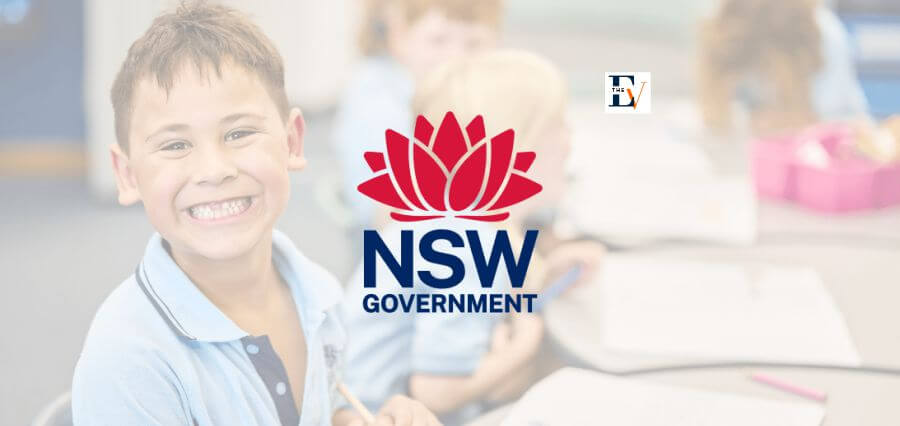Transforming Teaching and Learning
In the dynamic landscape of education, a digital revolution is underway, and at its forefront is Educational Technology (EdTech). The integration of EdTech into American classrooms marks a transformative era, fundamentally reshaping the dynamics of teaching and learning. This technological infusion is not merely a supplementary tool; it stands as a powerful catalyst for change, offering educators and students a plethora of innovative resources.
From adaptive learning platforms to interactive whiteboards, EdTech empowers teachers to tailor their approach to individual learning styles. In this digital age, where connectivity knows no bounds, EdTech dismantles traditional barriers, fostering global collaboration and preparing students for a future where technological literacy is a prerequisite.
This article explores the pivotal role of EdTech in American classrooms, delving into its multifaceted impact on education and its potential to revolutionize the way we teach and learn.
Empowering Educators
One of the key roles of EdTech in American classrooms is empowering educators with a diverse array of tools and resources. Traditional teaching methods often face limitations in catering to the individual needs of students. EdTech bridges this gap by providing teachers with adaptive learning platforms, interactive whiteboards, and virtual simulations. These tools enable educators to customize lessons based on student’s learning styles, ensuring a more personalized and effective learning experience.
Fostering Student Engagement
EdTech introduces an element of interactivity that has revolutionized student engagement. Gone are the days of passive learning; students now actively participate in lessons through gamified educational apps, virtual field trips, and collaborative online projects. This not only makes learning more enjoyable but also instills a sense of curiosity and creativity in students, preparing them for the dynamic challenges of the future.
Global Connectivity
The role of EdTech extends beyond the confines of the traditional classroom, breaking down physical and geographical barriers. With video conferencing tools and online collaboration platforms, students can connect with peers from different parts of the country or even the world. This global connectivity broadens their perspectives, fostering a deeper understanding of diverse cultures and ideas. The virtual exchange of knowledge becomes a cornerstone in preparing students for a globalized workforce.
Personalized Learning
One of the standout features of EdTech is its ability to facilitate personalized learning experiences. Adaptive learning software tracks individual progress and adjusts the pace and difficulty of lessons accordingly. This tailoring of education to individual needs ensures that no student is left behind and that each can progress at their own speed. This approach is especially beneficial for addressing learning gaps and accommodating diverse learning styles within a single classroom.
Data-Driven Decision Making
EdTech introduces a data-driven approach to education, enabling educators to make informed decisions about curriculum, teaching strategies, and student interventions. Through learning analytics, teachers gain insights into individual and collective performance, allowing for targeted interventions to support struggling students. This evidence-based approach enhances the overall quality of education and helps in identifying areas for improvement in the teaching and learning process.
Preparation for Future Careers
In an era dominated by technology, fostering digital literacy is crucial for preparing students for future careers. EdTech not only familiarizes students with the latest technological advancements but also cultivates essential skills such as critical thinking, problem-solving, and adaptability. As students navigate through various digital tools and platforms, they develop the proficiency required for success in a workforce that is increasingly reliant on technology.
Accessibility and Inclusivity
EdTech plays a pivotal role in promoting accessibility and inclusivity in education. Digital resources and online platforms provide alternative avenues for learning, accommodating students with diverse needs and learning styles. For students with disabilities, assistive technologies integrated into EdTech ensure a more inclusive educational experience. This marks a significant step towards creating an educational environment that caters to the needs of all students, regardless of their abilities or backgrounds.
Conclusion
As we reflect on the transformative influence of EdTech in American classrooms, it becomes evident that we are at the cusp of an educational renaissance. EdTech’s profound impact extends far beyond the confines of traditional pedagogy, reshaping the educational landscape into a dynamic and interconnected space.
By empowering educators with innovative tools, engaging students through interactive learning, and fostering global connectivity, EdTech is not just a facilitator but a visionary force steering the future of education.
As we stride confidently into this digital era, the marriage of technology and education not only bridges gaps in accessibility and inclusivity but also equips students with essential skills for a technologically driven workforce. The journey of EdTech in American classrooms is a testament to its potential to revolutionize education, laying the foundation for a future where learning is personalized, inclusive, and geared toward preparing students for the challenges and opportunities of tomorrow.






